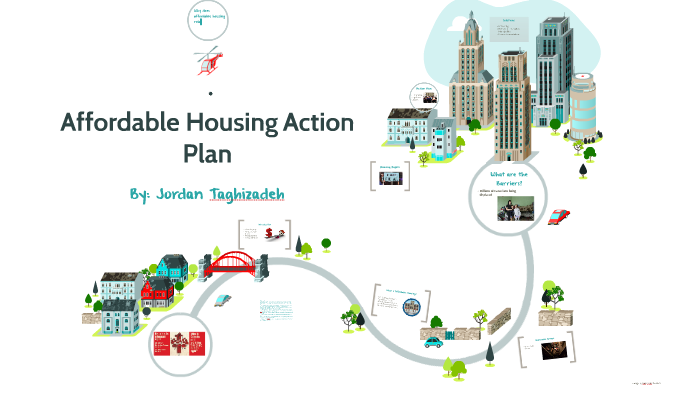Pro Neighbourhoods Innovative Strategies for Affordable Housing
This document describes five novel and replicable programs that are providing housing for low- and moderate-income Americans. These programs were created by innovative collaborations of community development financial institutions (CDFIs) that received grants from JPMorgan Chase & Co.’s Partnerships for Raising Opportunity in Neighbourhoods (PRO Neighbourhoods) program.

Since 2013, the annual PRO Neighbourhood competition has annually provided three-year grants to collaborating groups of CDFIs that formed innovative partnerships to enhance opportunities for low- and moderate-income Americans and to revitalize distressed neighbourhoods.
These partnerships have deployed capital in diverse ways, providing financial products and services to individuals, small businesses, affordable housing developers, and other nonprofit organizations. The Joint Centre for Housing Studies has documented these efforts in a series of reports and case studies that together have described awardees’ objectives, strategies, methods, and accomplishments.
This document, which is the last of these publications, focuses on five remarkable programs that could serve as models for nonprofit affordable housing organizations to replicate. The programs and the collaborations that implemented them are:
- Rehabbing Chicago’s one-to-four-unit residential properties (Chicago, IL) – Chicago CDFI Collaborative;
- Creating a community land trust to preserve affordable housing (Washington, D.C.) – Equitable Development at the 11th Street Bridge Park;
- Helping residents of manufactured housing buy the land under their homes (NY, WA, WI, CT)- Expanding Resident Owned Communities;
- Using private funds for affordable housing at private-market speed (Texas and Washington, D.C.) NALCAB CDFI Collaborative;
- Promoting naturally occurring affordable housing and accessory dwelling units (Los Angeles and San Jose, CA) – Small Homes, Big Impact These initiatives, which are being carried out in different parts of the country, have helped produce many types of housing including subsidized and private rental units, homeowner houses, and manufactured housing.
Information in the profiles comes from interviews conducted by Joint Centre researchers and data collected by those researchers as well as from the awardee organizations’ reports to JPMorgan Chase, the organizations’ websites, and articles about their activities.
The authors hope that reading about these efforts will inspire others to emulate these programs or devise other innovative ways to address our nation’s housing problems.
As in other legacy cities, the low-income residents of Chicago’s South and West Side neighbourhoods face a shortage of affordable housing amid an excess of derelict and abandoned residences. Worse, since 2008, foreclosures have led to vacancies and deterioration in the city’s one-to-four-unit properties, which provide a large portion of naturally occurring affordable housing in low- and moderate-income neighbourhoods.
One-to-four-unit properties make up nearly half of the affordable rental housing in Chicago yet receive little subsidy or attention from nonprofits. Small-scale investors often rehab these properties, but it is difficult for them to access capital, and some investors do only surface-level rehabs that do not support the long-term interests of the community. Also, in 2011, the City of Chicago began a program to expedite the sale of abandoned properties in certain neighbourhoods.
The partner CDFIs proposed to address the problem by leveraging the City of Chicago’s Micro-Market Recovery Program to help small scale investors and owner-occupants to rehabilitate one-to-four-unit properties in distressed communities.
The partners had more experience with larger multifamily buildings but selected this strategy as a way to use their capital and expertise to address the shortcomings in the private market forces that shape the one-to four-unit landscape: namely, the lack of access to capital and the difficulty of acquiring distressed properties in areas identified by the city’s Micro-Market Recovery Program. By pursuing this strategy, the partners hoped to create a critical mass of housing density in disinvested neighbourhoods to catalyse revitalization.
Chicago Community Loan Fund (CCLF) provids purchase and rehabilitation loans to investors. Once an investor had completed several properties, CIC offered permanent take-out financing. For its part, Neighbourhood Lending Services, Inc. (NLS) provided purchase and rehabilitation loans to owner occupants.

Very informative article.Really looking forward to read more. Awesome.
Thank you so much.